To many residents, especially those from a family tree with roots in our state, Florida means “land of flowers,” but should also mean fire, as in prescribed burning. Like most rural Floridians, I grew up with Florida’s culture of fire. I didn’t think much of it, because to me, it was like mowing a lawn, a regular task that showed pride of land ownership. A neighbor that didn’t mow his lawn not only made the neighborhood unsightly but potentially caused a lot of other problems, too. Good neighbors burned. It was as natural as the rain, and the land responded as it would after a good rain: It produced.
“Every time I fly toward Florida, I know I’ve crossed into the state when I see smoke plumes. It doesn’t matter what time of year. Nowhere else burns like they do in Florida.” – Howard K. Vincent, President & CEO, Pheasants Forever & Quail Forever
Serving on the national board of directors of the largest upland habitat organization in America, Quail Forever, gives me insight and perspective on Florida’s history and present use of prescribed fire. Turns out, Mr. Vincent is correct in his observations. Florida leads the nation in prescribed burns. In Florida, we burn 2.1M acres each year. No. 2 is Georgia at 1.2M per year and No. 3 is AL at 944,000 acres per year. Fire is a naturally occurring phenomenon across the entire North American continent. So why is it that Florida leads the nation and once pristine places like California boast only 35,000 prescribed burn acres but 4.4M acres of catastrophic wildfires – that destroy entire towns in growing frequency?
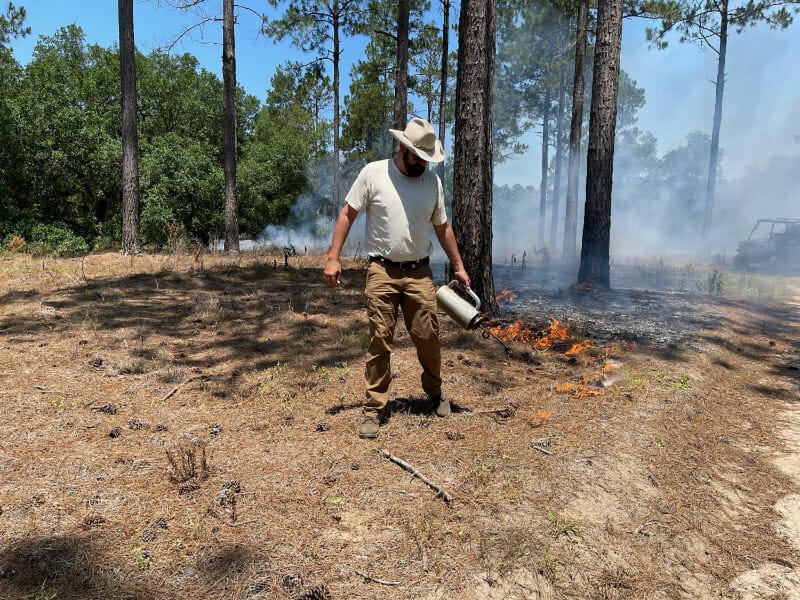 The answer, it turns out, is the very same thing that kept Florida free in 2020 from shutdowns found in other parts of the country. Florida doesn’t just do what Washington, D.C. says without some proof.
The answer, it turns out, is the very same thing that kept Florida free in 2020 from shutdowns found in other parts of the country. Florida doesn’t just do what Washington, D.C. says without some proof.
By the 1920s, major out of state timber interests were politically and financially influential. Foresters nationally believed annual burning did not allow forests to regenerate, that it resulted in soil impoverishment and encouraged “low-value” longleaf pines. From this viewpoint, the Clark-McNary Act of 1924 was passed. The Act withheld federal funds for forestry agencies that tolerated controlled burning. Washington, D.C. was going to have its way.
Also, during this time period, the American Forestry Association sponsored a massive propaganda campaign against burning. From 1927 to 1930, groups of men called “Dixie Crusaders” were sent to the rural South with movie projectors, posters, and pamphlets to educate people on the destructiveness of prescribed fire.
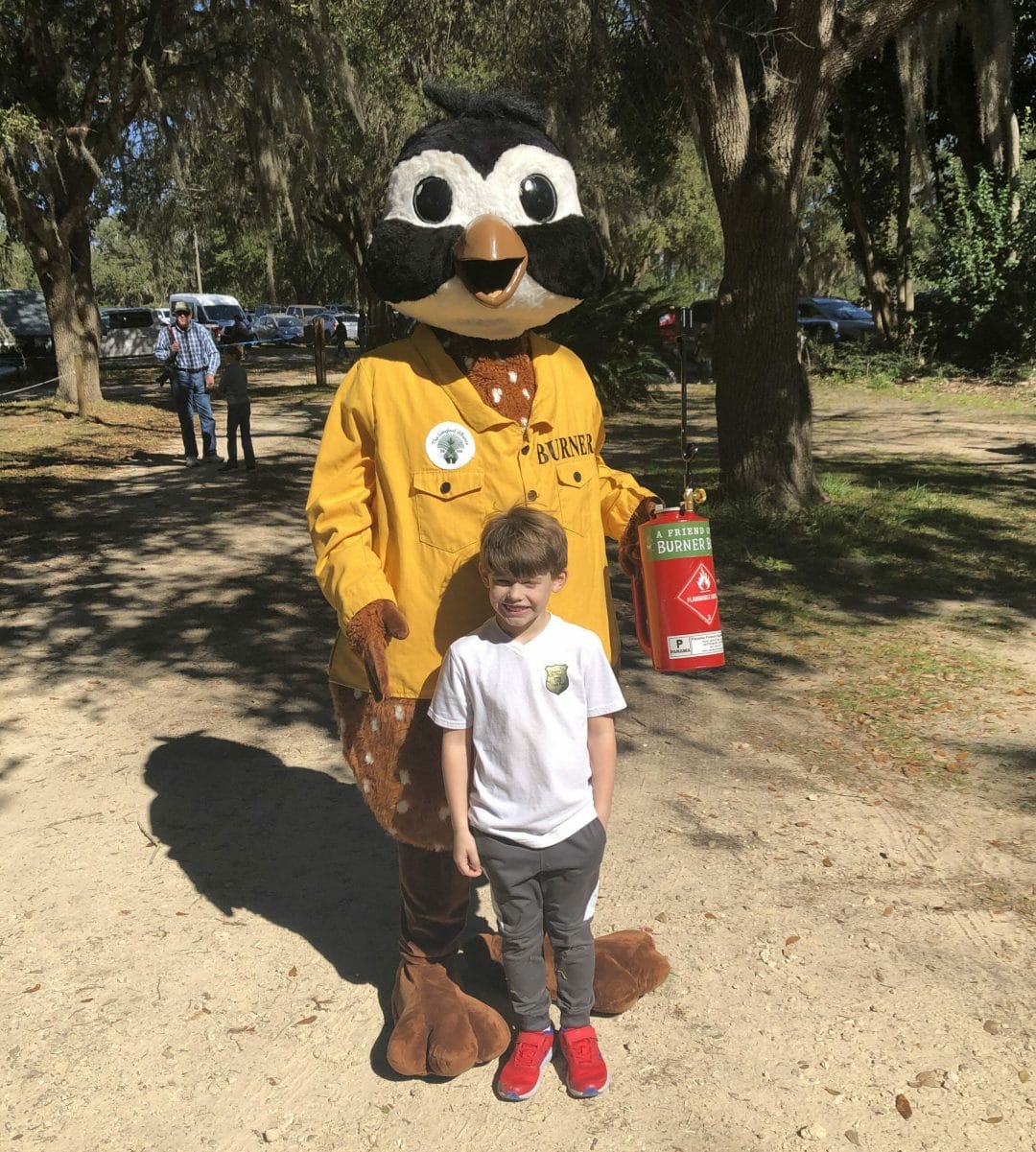 And who can forget one of the most effective advertising campaigns in U.S. history – Smokey the Bear. Created in the 1940s by the U.S. Forest Service and National Advertising Council, Smokey the Bear warned individuals of the dangers of all forest fires, with an emphasis on stomping them out.
And who can forget one of the most effective advertising campaigns in U.S. history – Smokey the Bear. Created in the 1940s by the U.S. Forest Service and National Advertising Council, Smokey the Bear warned individuals of the dangers of all forest fires, with an emphasis on stomping them out.
Fortunate for us now, and the lands that we love, another interest was at work in the Florida panhandle during this same time period. Herbert Stoddard was working at a museum in Milwaukee, WI. In 1924, he was asked by the U.S. Bureau of Biological Survey to study the habitat and life of quail in the Red Hills region. He was raised in the Central Florida longleaf woods, so fire was natural to him. From his Red Hills study, he published The Bobwhite Quail: Its Habits, Preservation, and Increase in 1931. Today, we know this volume as the catalyst for active land management and, particularly, the use of modern-day prescribed burning. Starting with his research, we Floridians were able to forgo the mandate and propaganda from Washington, D.C., stand up to the out-of-state corporate interests, and do what we knew – and still know – is best for the land and lifestyle we love.
Thank goodness for the science behind the efforts to “just say no” and keeping fire as part of our culture. Today, Tall Timbers is the leader in the nation at spreading the message against Smokey the Bear – and other states are now taking notice.
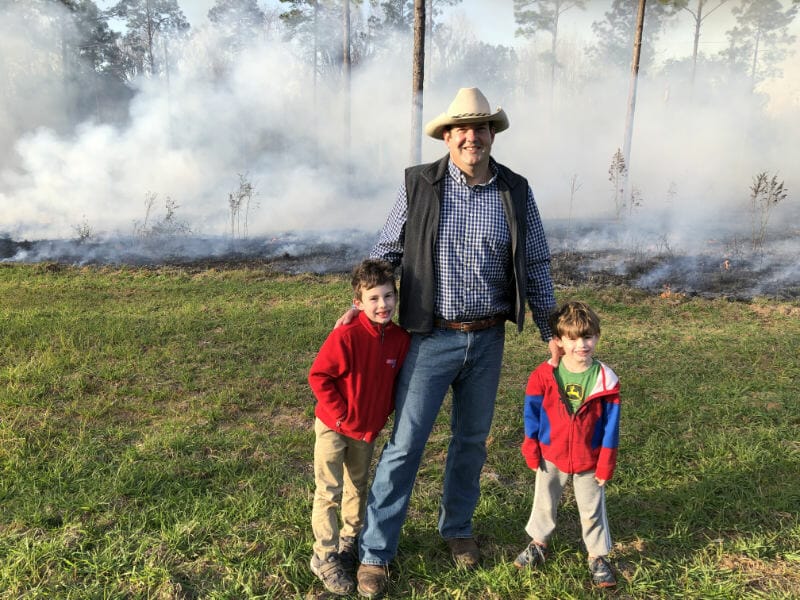
So, when you see smoke, it’s just as good as a soaking rain. One could say it means there will be flowers in the land and others, like me, will say it means the land is free and independent-minded. Let’s keep being a role model and hope others find and relearn the lost ways.

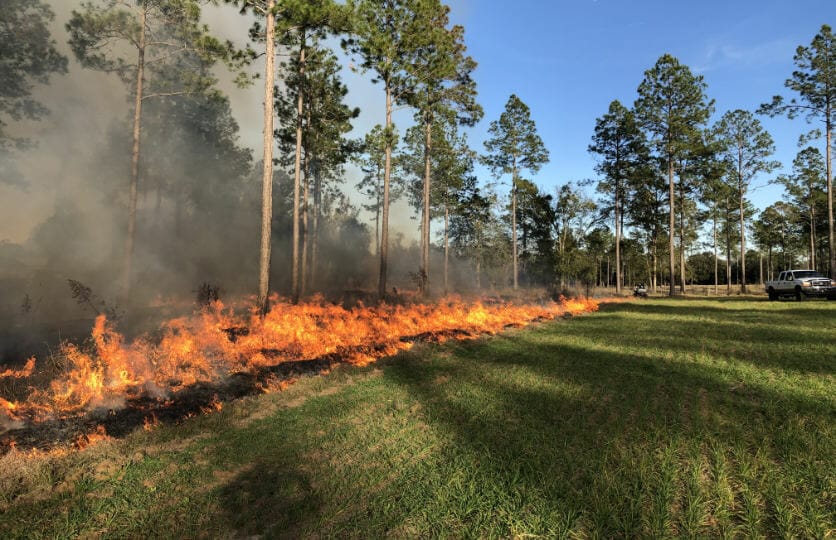
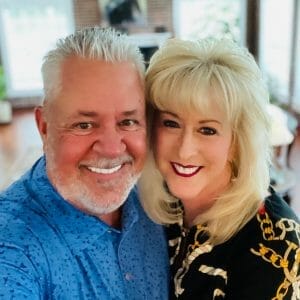 Bruce Ratliff is a retired elected official (Property Appraiser Taylor County). Bruce brings years of experience in ad valorem tax knowledge. His property tax background gives JKA Associates & clients a unique insight into the complicated tax process. Bruce held several positions in the Florida Association of Property Appraisers, including member of the Board of Directors, President, Vice-President and Secretary, and served on the Agricultural & Legislative Committees for the Association. The real estate business has been part of Bruce’s life since childhood. His mother, Shirley Ratliff owned Professional Realty of Perry, Florida and his father, Buster owned Ratliff Land Surveying which Bruce was General Manager of before his political career.
Bruce Ratliff is a retired elected official (Property Appraiser Taylor County). Bruce brings years of experience in ad valorem tax knowledge. His property tax background gives JKA Associates & clients a unique insight into the complicated tax process. Bruce held several positions in the Florida Association of Property Appraisers, including member of the Board of Directors, President, Vice-President and Secretary, and served on the Agricultural & Legislative Committees for the Association. The real estate business has been part of Bruce’s life since childhood. His mother, Shirley Ratliff owned Professional Realty of Perry, Florida and his father, Buster owned Ratliff Land Surveying which Bruce was General Manager of before his political career.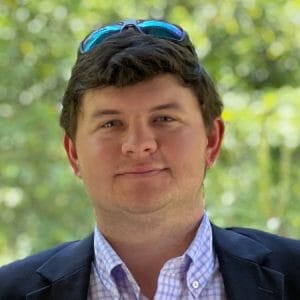 From murky farm ponds to pristine glacier-cut lakes and everything in between, Knox Daniels’ expertise stems from a lifelong fascination of water and the creatures that live in and around it. He recognizes and helps clients appreciate the value water features bring to a property. “My goal is to help buyers realize and sellers maximize the value different water bodies bring to a property, not only in a recreational sense, but also for social storm reasons.” After extensively traveling the country for collegiate BASS fishing tournaments, Knox graduated and worked for the Southeast’s finest fisheries and wildlife biologist, Greg Grimes. With Grimes’ company, AES, Knox managed many of the southeast’s finest private lake estate/impoundment properties, and learned the intricacies of upscale property management. Learning from Greg and other biologists, Knox honed in on the specific conditions and habitat needed for optimal gamefish growth in private lakes. He has also worked as a property manager on several thousand acres and for a commercial developer, facilitating the dirt work and builds of several apartment complexes, but his true passion has always been in the outdoors. “I’ve always had an insatiable fascination with ponds/lakes and am grateful to be able to help to place clients on the properties of their dreams and make their personal fisheries/wildlife goals reality with JKA.” – Knox Daniels
From murky farm ponds to pristine glacier-cut lakes and everything in between, Knox Daniels’ expertise stems from a lifelong fascination of water and the creatures that live in and around it. He recognizes and helps clients appreciate the value water features bring to a property. “My goal is to help buyers realize and sellers maximize the value different water bodies bring to a property, not only in a recreational sense, but also for social storm reasons.” After extensively traveling the country for collegiate BASS fishing tournaments, Knox graduated and worked for the Southeast’s finest fisheries and wildlife biologist, Greg Grimes. With Grimes’ company, AES, Knox managed many of the southeast’s finest private lake estate/impoundment properties, and learned the intricacies of upscale property management. Learning from Greg and other biologists, Knox honed in on the specific conditions and habitat needed for optimal gamefish growth in private lakes. He has also worked as a property manager on several thousand acres and for a commercial developer, facilitating the dirt work and builds of several apartment complexes, but his true passion has always been in the outdoors. “I’ve always had an insatiable fascination with ponds/lakes and am grateful to be able to help to place clients on the properties of their dreams and make their personal fisheries/wildlife goals reality with JKA.” – Knox Daniels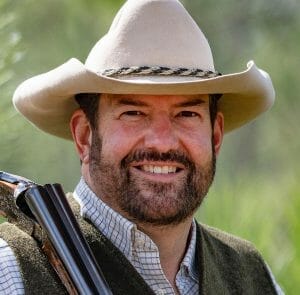 As a landowner of his own family farm, Lick Skillet, along with family land that has been passed down and enjoyed together at Keaton Beach for 40 years, Jon knows what it means to be a steward of the last best places. As a third-generation land broker with more than 30 years of experience in advising landowners in this niche, Jon is known for his innate ability to harvest a land’s unique intrinsic value. Touting several notable sales under his belt, Jon personally closed Rock Creek/Molpus – 124,000 acres of premium timberland at $142,000,000 – which was known as the largest timberland land sale in the Southeast for eight years running. He is a co-founding member of LandLeader and achieved the real estate industry’s highest honor, “2022 National Broker of the Year – Recreational Land Sales,” by the Realtors® Land Institute.
As a landowner of his own family farm, Lick Skillet, along with family land that has been passed down and enjoyed together at Keaton Beach for 40 years, Jon knows what it means to be a steward of the last best places. As a third-generation land broker with more than 30 years of experience in advising landowners in this niche, Jon is known for his innate ability to harvest a land’s unique intrinsic value. Touting several notable sales under his belt, Jon personally closed Rock Creek/Molpus – 124,000 acres of premium timberland at $142,000,000 – which was known as the largest timberland land sale in the Southeast for eight years running. He is a co-founding member of LandLeader and achieved the real estate industry’s highest honor, “2022 National Broker of the Year – Recreational Land Sales,” by the Realtors® Land Institute.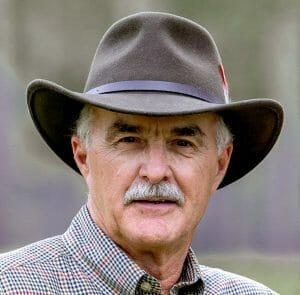 Prior to joining Jon Kohler & Associates, Walter Hatchett served for 30 years as a land manager to several of the south’s most esteemed properties, including Rock Creek. As a former property manager himself, and a consistently ranked “Top Sales Producer” nationwide and achieved “APEX Top 20 Land Broker” multiple times, Walter has a keen eye for the best in habitat management.
Prior to joining Jon Kohler & Associates, Walter Hatchett served for 30 years as a land manager to several of the south’s most esteemed properties, including Rock Creek. As a former property manager himself, and a consistently ranked “Top Sales Producer” nationwide and achieved “APEX Top 20 Land Broker” multiple times, Walter has a keen eye for the best in habitat management.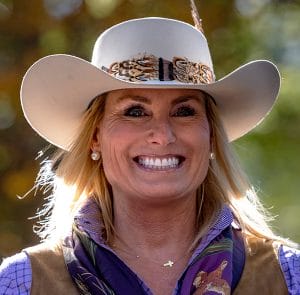 With Madison County roots, Lori grew up on her family farm at Pettis Springs along the historic Aucilla River. A love of the land was instilled in Lori very early on by her father who was a local farmer. Lori understands the importance of good land stewardship and has witnessed first-hand how her own father, a former 2-term member of the Florida House of Representatives whose district encompassed many rural counties of the Red Hills Plantation Region, with a little bit of sweat equity, so lovingly worked their own family land. These are core values she carries with her today, and nothing gives her more personal satisfaction than to represent some of the south’s best land stewards.
With Madison County roots, Lori grew up on her family farm at Pettis Springs along the historic Aucilla River. A love of the land was instilled in Lori very early on by her father who was a local farmer. Lori understands the importance of good land stewardship and has witnessed first-hand how her own father, a former 2-term member of the Florida House of Representatives whose district encompassed many rural counties of the Red Hills Plantation Region, with a little bit of sweat equity, so lovingly worked their own family land. These are core values she carries with her today, and nothing gives her more personal satisfaction than to represent some of the south’s best land stewards.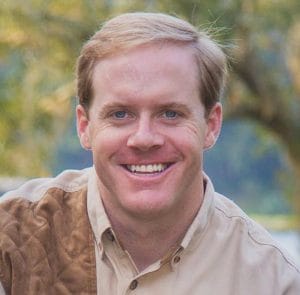 Hailing from a long line of outdoorsmen, Tim learned a great deal from his father and grandfather. He saw first-hand what it means to be a good land steward. He believes land is so much more than a place to hunt, fish, and grow timber or crops. “It’s an identity, a resting place, a safe haven and a way of life, said Tim.” Tim’s family ties to Alabama run deep. During his grandfather’s first term, Governor James was responsible for signing into law Alabama’s first state duck stamp which helped to ensure funding for the procurement, development, and preservation of wetlands for migratory waterfowl habitat. He also established Alabama’s lifetime hunting license, so it is no surprise that Tim is an avid outdoorsman with a keen eye as to how best to improve habitat for the greater good of its wildlife.
Hailing from a long line of outdoorsmen, Tim learned a great deal from his father and grandfather. He saw first-hand what it means to be a good land steward. He believes land is so much more than a place to hunt, fish, and grow timber or crops. “It’s an identity, a resting place, a safe haven and a way of life, said Tim.” Tim’s family ties to Alabama run deep. During his grandfather’s first term, Governor James was responsible for signing into law Alabama’s first state duck stamp which helped to ensure funding for the procurement, development, and preservation of wetlands for migratory waterfowl habitat. He also established Alabama’s lifetime hunting license, so it is no surprise that Tim is an avid outdoorsman with a keen eye as to how best to improve habitat for the greater good of its wildlife.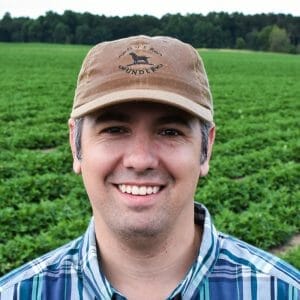
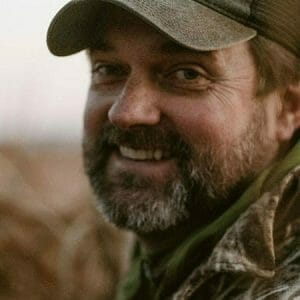 Jason has been assisting landowners for the last 28 years in Georgia and South Carolina obtain achievements the owners did not realize were possible. His degree in Biology from Georgia Southern stemmed from the desire to know how things in nature work. His plantation roots began at just 16 years old outside of Albany, GA and the last 20 years were spent in the Lowcountry of South Carolina. His entire career has been spent developing a global approach to plantation management. That plan included sales. Sales is in Jason’s blood- his mom had a 45-year career as a real estate broker. After college, he chose to pursue his passion of making properties great. In 2011, Jason sold his first plantation. Since then, he has assisted buyers and sellers with over $20 million in sales while most of that time working as a full-time General Manager of a large Lowcountry plantation. Today, he is committed to using his unique skill set and experience to guide landowners through the many challenges of plantation ownership.
Jason has been assisting landowners for the last 28 years in Georgia and South Carolina obtain achievements the owners did not realize were possible. His degree in Biology from Georgia Southern stemmed from the desire to know how things in nature work. His plantation roots began at just 16 years old outside of Albany, GA and the last 20 years were spent in the Lowcountry of South Carolina. His entire career has been spent developing a global approach to plantation management. That plan included sales. Sales is in Jason’s blood- his mom had a 45-year career as a real estate broker. After college, he chose to pursue his passion of making properties great. In 2011, Jason sold his first plantation. Since then, he has assisted buyers and sellers with over $20 million in sales while most of that time working as a full-time General Manager of a large Lowcountry plantation. Today, he is committed to using his unique skill set and experience to guide landowners through the many challenges of plantation ownership.